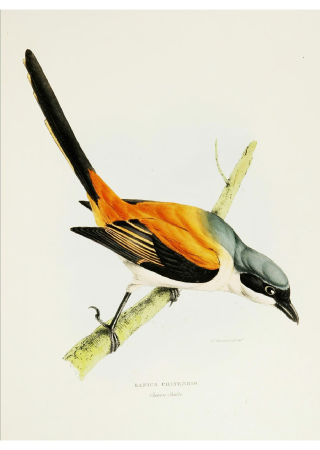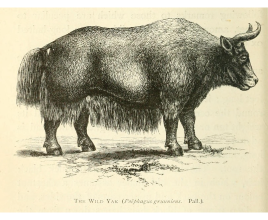Exploration of Tibet
- ... Jesuit missionaries never succeeded in converting Tibetans to Christianity?
- ... the average elevation in Tibet is 4,900 meters, and so it is called the roof of the world?
- ... the Dalai Lama assumed power in Tibet only after the secular government of the dynastic families was overthrown in 1642, and so became both secular and spiritual rulers?
- ... Tibetans have 10 times more nitrous oxide in their blood than lowland inhabitants and up to two times greater blood flow, which provides faster oxygenation of the blood and so compensates for its lack at high elevations?
- ... several important rivers spring from the Tibetan plateau, including the Brahmaputra, the Yellow River, the Indus, Salwin, Yangtze, Yarlung and Mekong?
- ... the goal of the expedition undertaken by Andrade and his brother in 1624 was to verify the tales of Christians living isolated to the north of the Himalayas?
- ... the attempt to renew mission in 1640 ended unsuccessfully and the missionaries ended up in prison?
- The Jesuit expedition ran from 1624 to 1635.
- The first book about Tibet, written by Andrade, was published in 1626.
- During the expedition in 1625, Andrade was accompanied by Father Gonzales da Silva and two Tibetans, who had descended from the Himalayas with him two years earlier.
Antonia de Andrade was a Portuguese Jesuit missionary, operating from 1601 with 18 other Jesuits in India. March 30th, 1624, he left Agra and set out, with Jesuit Brother Manuel Marques towards Delhi. From Delhi they continued upstream along the Ganges, crossed the Kumaon Himalayas, through Srinagar and entered Tsaparang in western Tibet. The same year he returned to Agra and wrote the acclaimed "Novo descobrimento de Gram Cathayo on Reinos de Tibet", the first book about Tibet from the pen of a European author, subsequently translated into several languages. It was actually the first authentic news of Tibet, a mysterious land, which even today is considered a mystical place. . After writing the book, he set out in 1625 to Tsaparang again and founded a mission there (1625-1635), from which Jesuits set out on research trips and gathered much geographic material about western Tibet and the surrounding mountain areas. He also started construction of the first Christian church in Tibet. Despite numerous difficulties, the church was finished. The local ruler was disposed towards Andrade, but in 1635, during bloody civil unrests during which two Jesuits missionaries were killed, a new ruler assumed power and had the Christian missionaries expelled. For the time being, Jesuit missions in Tibet were at an end.


